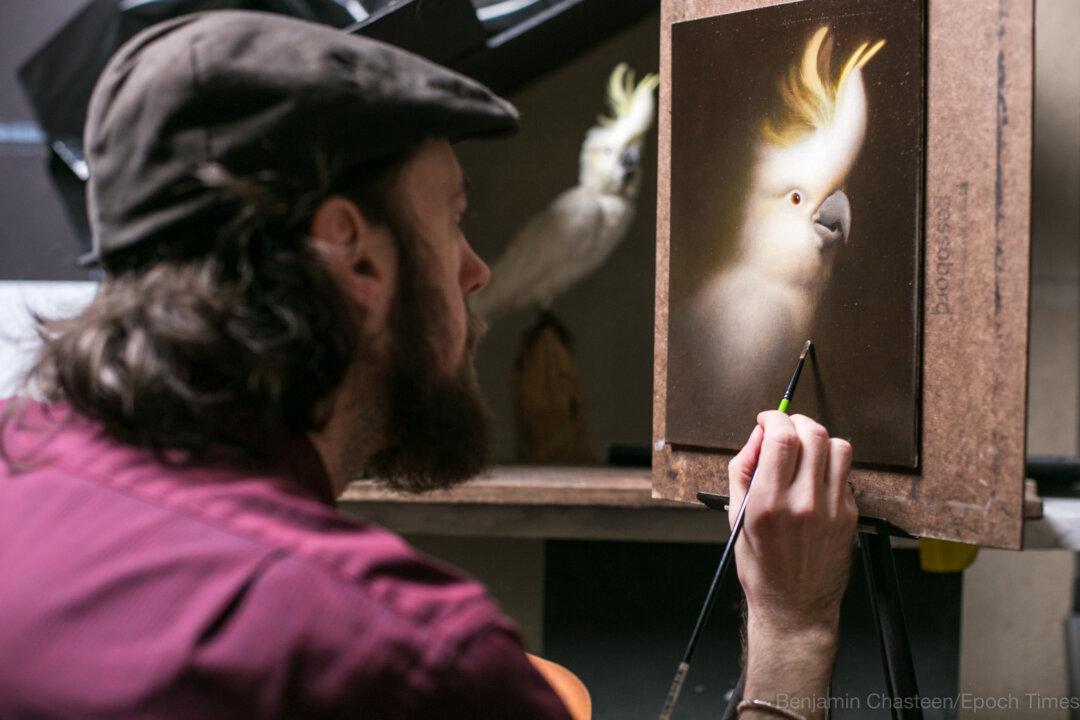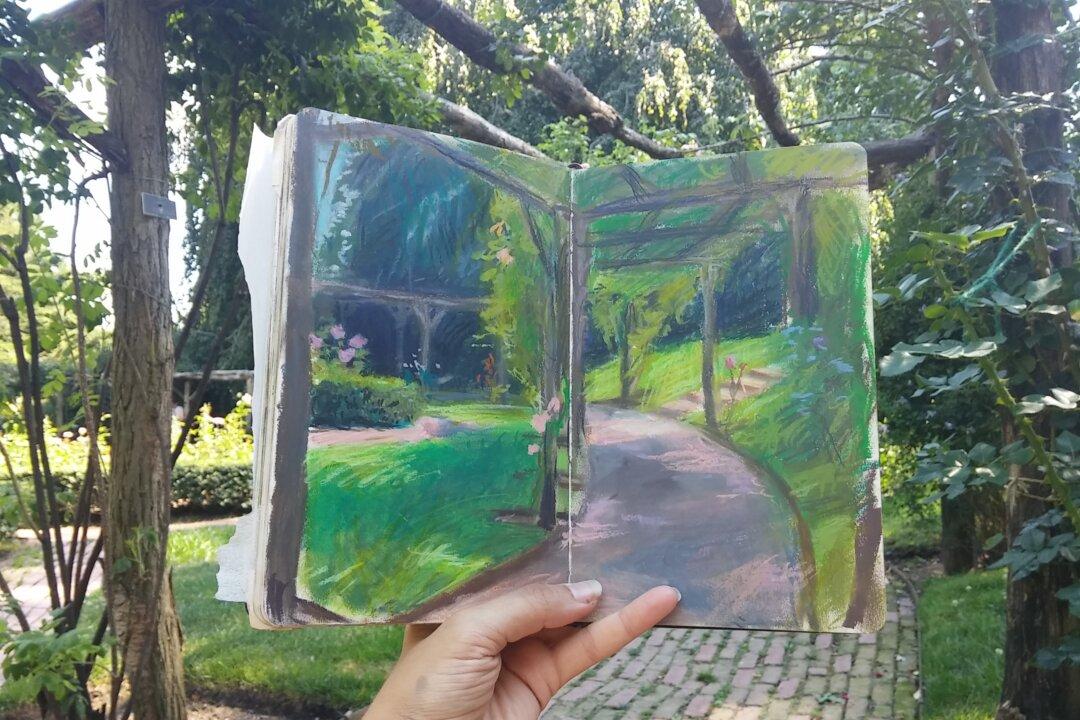NEW YORK—Up close the lemons look fuzzy. They emanate reflected light, glowing softly. Stepping back from the painting, the contours become sharper, the citrus flesh starts to glisten. At arms length, the lemons jut out from the canvas, still glowing, asserting a peaceful presence. Looking at a Devin Cecil-Wishing painting feels like a magical experience.
He can make something as simple as lemons look dreamy. The things he chooses to paint are not as important as what transpires among those things. “I’m more interested in the way that light is falling and reflecting, in getting the feel of that really thick tangible substance of light in there,” he said at Grand Central Atelier (GCA), where he teaches and paints.






